Belgian Malinois
The Belgian Malinois is a medium-sized shepherd dog initially developed in Malines, Belgium, in the late 1800s. The Belgian Malinois is one of the varieties of the Belgian Shepherd. All these Belgian shepherd dogs were named after Belgian villages: Groenendael, Laekenois, Malinois, and Tervuren.
The Belgian Malinois was used as a peerless livestock herder, guard dog, and draught dog. This dog was the first dog to be used by the Belgian police. Many of them were used by the military in World War I for several jobs, including carrying messages and assisting the Red Cross.
FUN FACT: The Belgian Malinois is well known for detecting explosives, accelerants, and narcotics.

Height:
22-26 in (56-66 cm)

Weight:
45-75 lb (20-34 kg)

Origin:
Belgium

Life Expectancy:
12-14 years
Dog Breed Characteristics
The male dog is 24 to 26 inches (61-66 cm) tall and weighs 55 to 75 pounds (25 to 34 kilograms). Females are 22 to 24 inches (56-66 cm) tall and weigh 45 to 60 pounds (20 to 27 kilograms). Belgian Malinois are shorthaired, fawn to mahogany-colored dogs with a black mask. As these dogs were bred to work outdoors in all conditions, their coat is weather resistant.
Malinois dogs prefer colder climates but do well in warm environments too. Their short, smooth coat is easy to groom. Malinois shed moderately all year long (more heavily in the spring and fall), so regular brushing is required. As with all breeds, the nails should be trimmed regularly, and the dog should be bathed as needed.
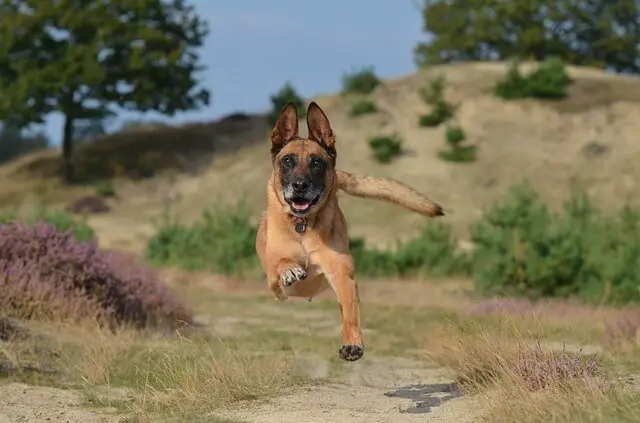
Energy level
The Belgian Malinois has a lot of energy. These dogs love to work, are very active, and need loads of exercise. As an owner, you should make sure you have enough time to spend exercising with your dog. They need regular mental and physical stimulation. Daily walks are not enough.
These dogs make great hiking, biking, and running companions. They excel at agility, tracking, search and rescue, herding, obedience, etc.
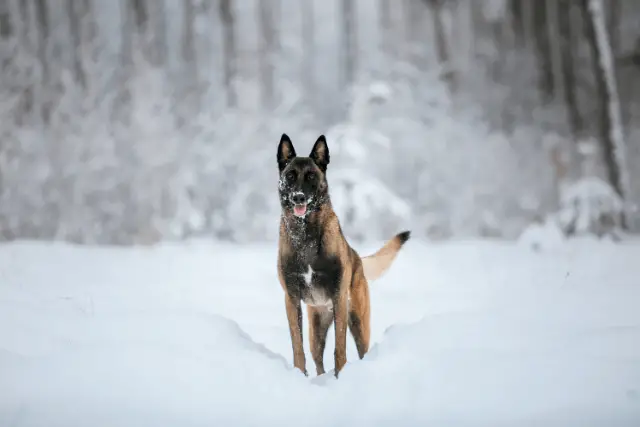
FUN FACT: Because of their herding heritage, Malinois will often run around in large circles.
Training
The Belgian Malinois is an intense, confident, intelligent, and loyal breed. These dogs are brilliant. They also have strong protection and territorial instincts. Because of their characteristics, Malinois can be demanding and is recommended for experienced owners.
Early socialization and intense training are crucial! Poorly socialized Malinois can be aggressive. Well-socialized Malinois are good with children, especially if they are raised with them, but keep an eye on the dog while he is near children because Malinois sometimes tends to nip children and try to herd them when playing.
If you are interested in checking out other Belgian Shepherds, check out the Laekenois, Tervuren, and Belgian Sheepdog (Groenendael).
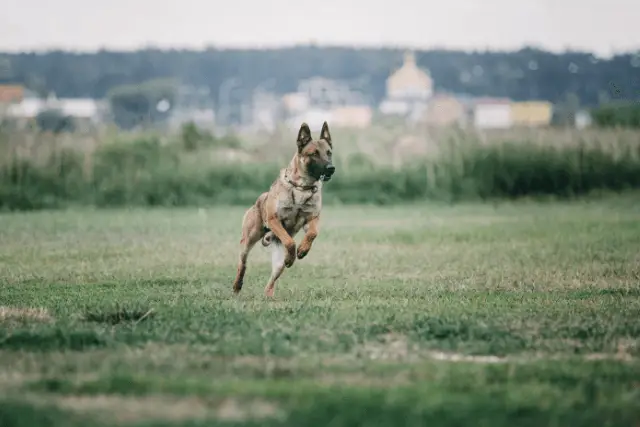
They can be aggressive toward other dogs and cats if not socialized with other animals. Keep in mind that these dogs don't respond well to harsh training methods. Be firm, fair, and consistent, but use only positive reinforcement! These dogs love to learn new things and are eager to do whatever their people ask of them.
The best way to train them is by using positive training methods. Involve as many treats as you can and keep the training sessions interesting. The Belgian Malinois is an incredibly intelligent dog, so make sure their minds are challenged as well.
Allow them to develop their problem-solving capabilities, and they will be extremely happy and satisfied. These characteristics make them the top choice for military and police dogs.
FUN FACT: The Belgian Malinois Cairo was used by Seal Team Six to hunt and capture Osama Bin Laden in 2011.
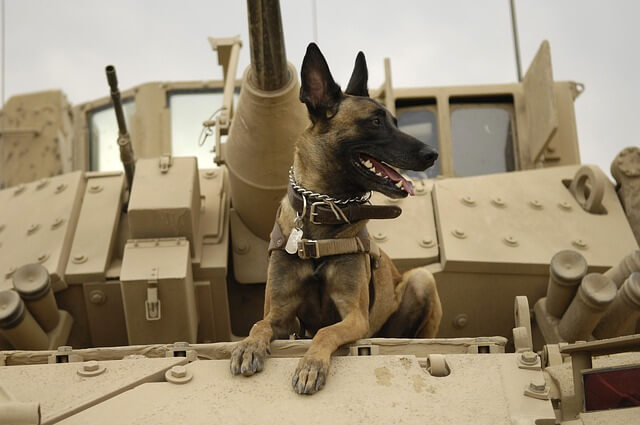
Socialization
The Belgian Malinois is an alert watchdog that is keen on carefully protecting their family and territory. They are excellent at assessing situations and will not use force if they do not have to. These Belgian guards will be careful around strangers until they decide that there is no danger.
The Belgian Malinois is a guard dog, and they need to be appropriately socialized to understand situations where their defensive skills will be required and when they can be calm and not defend.
The best way to achieve that is to start socializing your Malinois puppy while it is still young. Make sure you expose them to different sights, sounds, people, and other puppies. Take them to busy parks, streets, woods, wherever they can see new things and experience new situations.
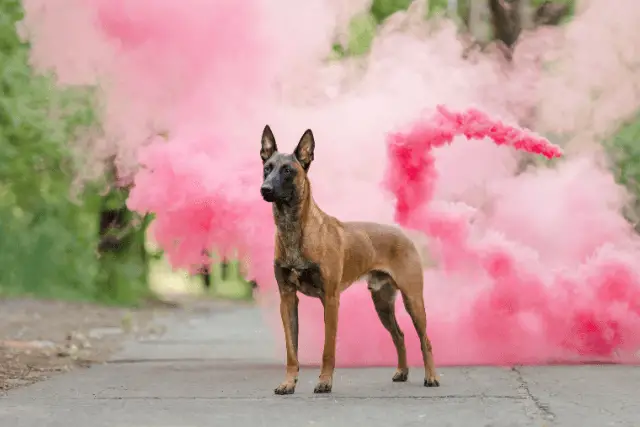
That way, your puppy will learn about different situations and know when and how to react. Socialization can even be done at home. Dress differently; wear glasses, hats, and baggy clothes so your puppy can’t recognize you right away. Teach your puppy to stay alone for a while and not make a fuss about it.
It is the best way to make sure your puppy will grow up to be a stable, confident, and well-behaved dog.
The Belgian Malinois as a pet
These dogs love to be included in all of the family activities and enjoy their owners’ attention. These dogs form a quick bond with their owner and do everything they can to protect them and everybody around them. They make excellent watchdogs.
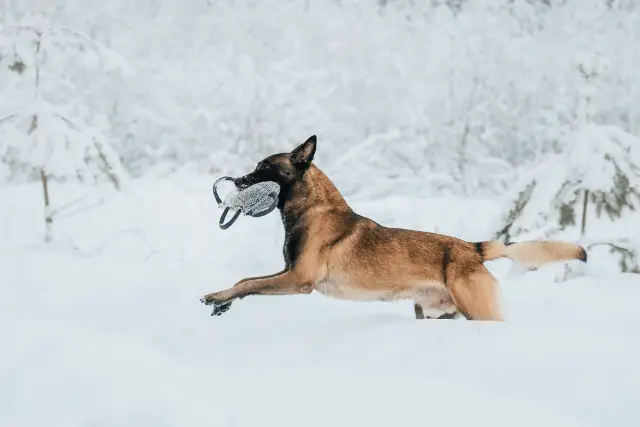
FUN FACT: Belgian Malinois are favored over German Shepherds for many military operations because Malinois are better skydivers. They are lighter than German Shepherds and, thus, easier for military parachutists to do tandem jumps with their dogs strapped to them.
Health problems
This is one of the healthiest dog breeds in existence, with a lifespan of 12 to 14 years. Some health problems that have been seen in the Belgian Malinois include hip and elbow dysplasia, progressive retinal atrophy (a degenerative eye disorder that eventually causes blindness), cataracts, anesthesia sensitivity (because of their muscle-to-fat ratio), pannus, and epilepsy.
FUN FACT: Hollywood actress Eva Mendes had a stalker back in 2011, and her Belgian Malinois named Hugo was there to protect her and make her feel safe.
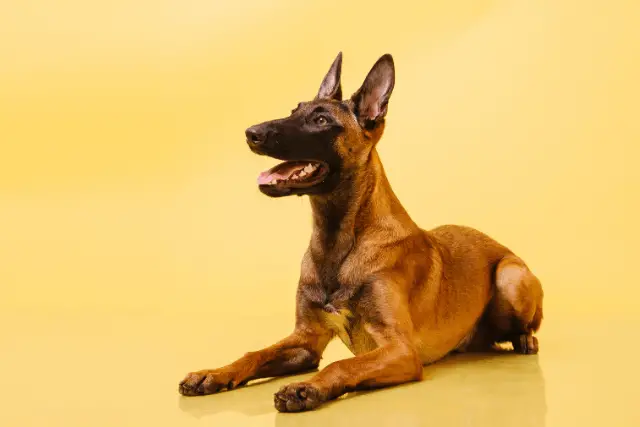
FAQ
Yes, the Belgian Malinois is considered a medium-to-heavy shedder. These dogs have short, smooth coats that will shed all year round. The most intense shedding part is during the shedding season (spring and fall).
The price of a Belgian Malinois can vary. If you’re looking for a working line Malinois, you can expect prices that can go up to $20.000. However, most Malinois puppies cost between $1.200 - $3.000.
The “Belgian” part of the name is pretty straightforward, but the “Malinois” part seems to cause some issues with pronunciation. The correct way to pronounce it is ma-luhn-waa.
Belgian Malinois training should start from the moment the puppy arrives at the owner’s home. It has to consist of potty, crate, and leash training. During that time, the owner should start teaching the dog basic commands like “Sit,” “Wait,” and “Down.” When the puppy grows up a bit, owners can start with advanced obedience training.
The average lifespan of a Belgian Malinois dog is 12 - 14 years. However, a healthy and active lifestyle can significantly prolong the dog’s life.
Some consider Belgian Malinois aggressive. However, they are not naturally aggressive dogs. Many of them are very energetic, and if their activity needs are not met, they can develop behavioral issues. Malinois are confident, territorial, and highly trainable, making them ideal police and military service dogs.
The Belgian Malinois can be a good family dog, but that will depend entirely on the family. The family needs to provide the dog with a healthy schedule that involves at least a couple of hours of vigorous exercise every day.
Belgian Malinois are not the biggest working breed in the world. They are usually between 22 and 26 inches tall and weigh between 45 and 75 pounds.
Belgian Malinois are not considered hypoallergenic. They shed quite a lot, which means dog hair will be all over the owner’s home. People with dog hair allergies will get a reaction from these dogs.
Belgian Malinois is not a breed known for its speed. Nevertheless, they can reach a top speed of 35 MPH. However, they cannot keep up that speed for long.
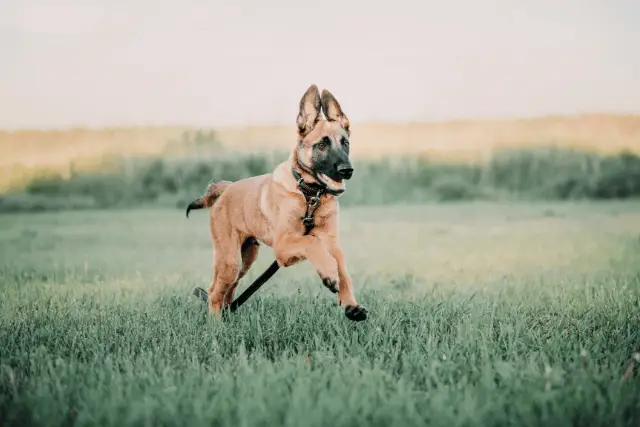
Belgian Malinois breeders
If you are looking to get a Belgian Malinois, make sure you find a responsible Belgian Malinois breeder. These dogs are energetic and protective, and getting a poorly bred dog can have catastrophic results. Responsible breeders will breed dogs that don’t only look good but have great characters as well. You must find a good Malinois breeder that can help you learn about this breed and make an informed choice about getting a dog with these characteristics.
If you are unsure whether this is the breed for you, check out this FREE GUIDE that will help you decide which dog breed is right for you.
World Dog Finder team

Updated at31.08.2023.
Breed History
The Malinois history started in 1891 when the Club du Chien de Berger Belge (Belgian Shepherd Dog Club) was organized. Their goal was to determine which Belgian shepherding breeds developed in their country. The same year, Professor Adolphe Reul met with a panel of judges that determined which dogs were from Belgium.
All modern-day Belgian Malinois are descendants of a breeding pair from Laeken. In 1885 a shepherd named Adrien Janssens purchased a dog called Vos I. He then bred Vos I with a short-haired, brindled female dog called Lise de Laeken and subsequently bred Vos to the female puppies.
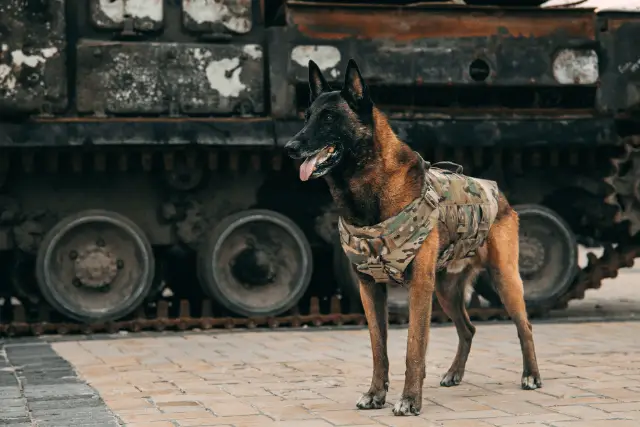
He established a line of homogeneous dogs with short, grey, rough coats known as the ancestors of not only Belgian Shepherds but Dutch Shepherds and Bouvier des Flandres.
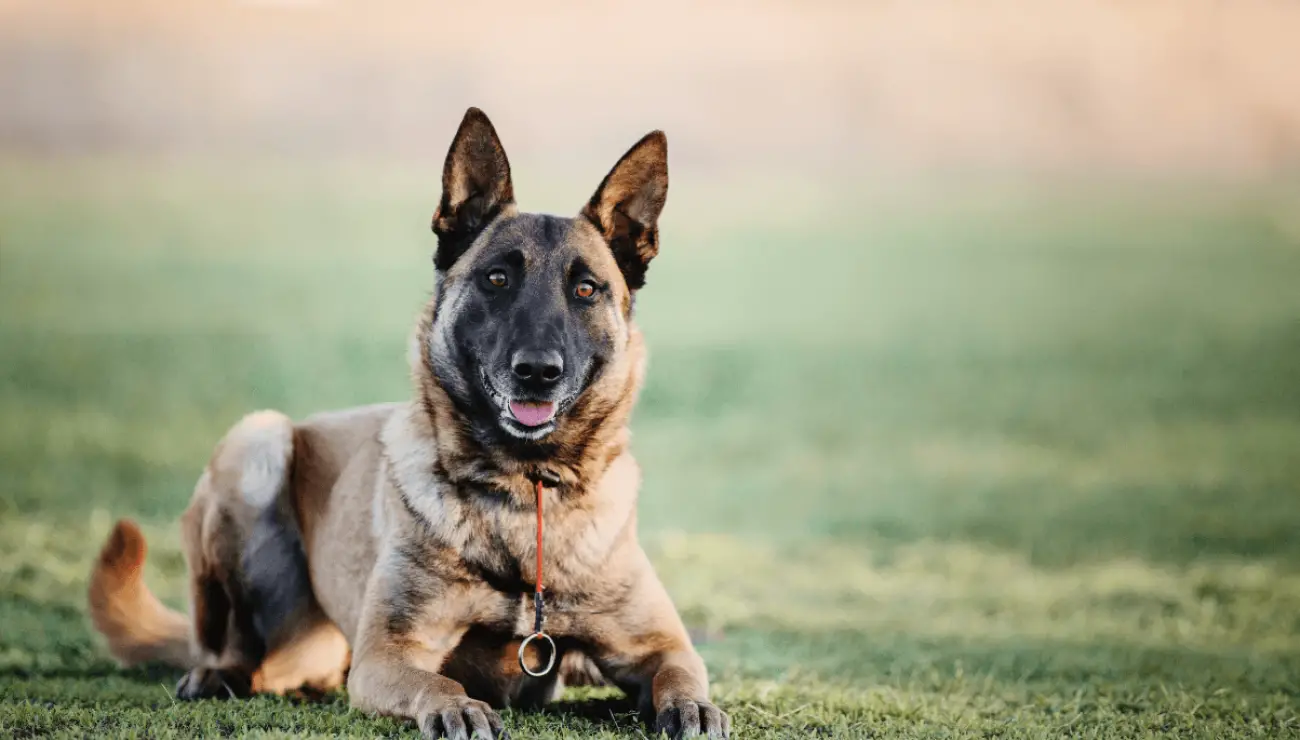
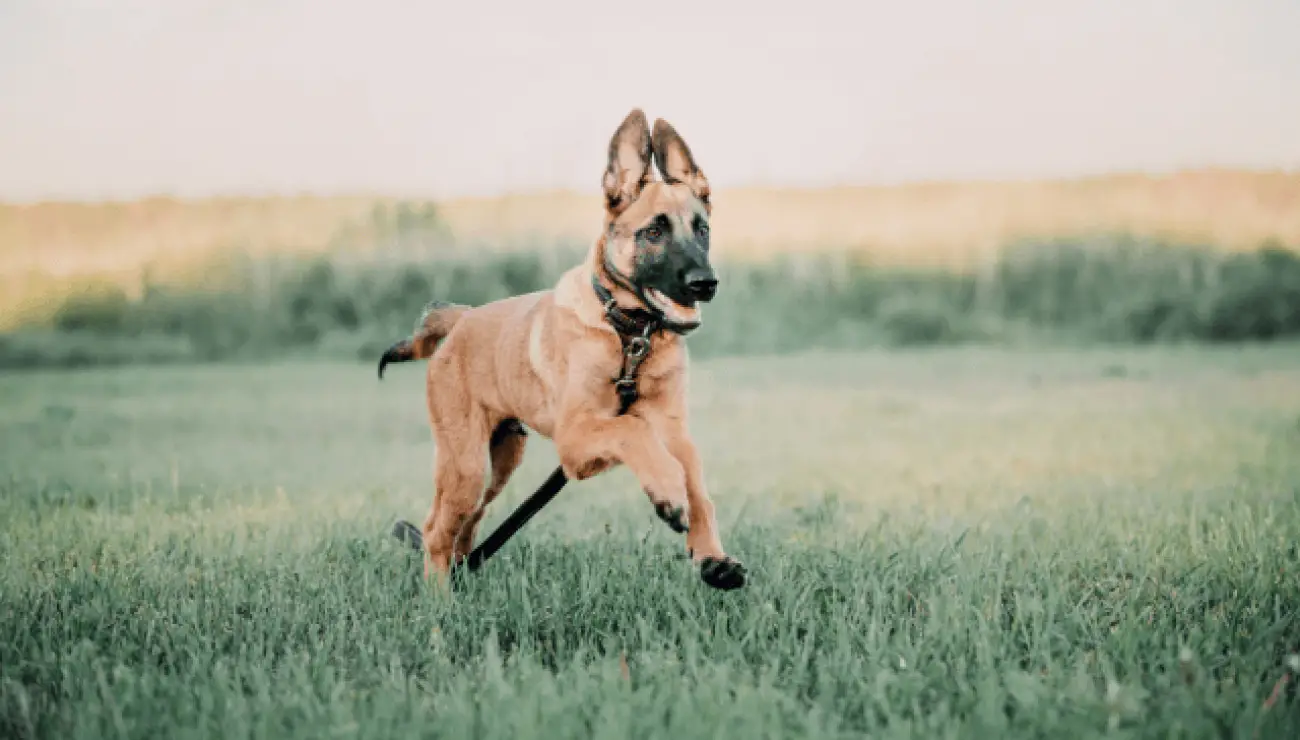
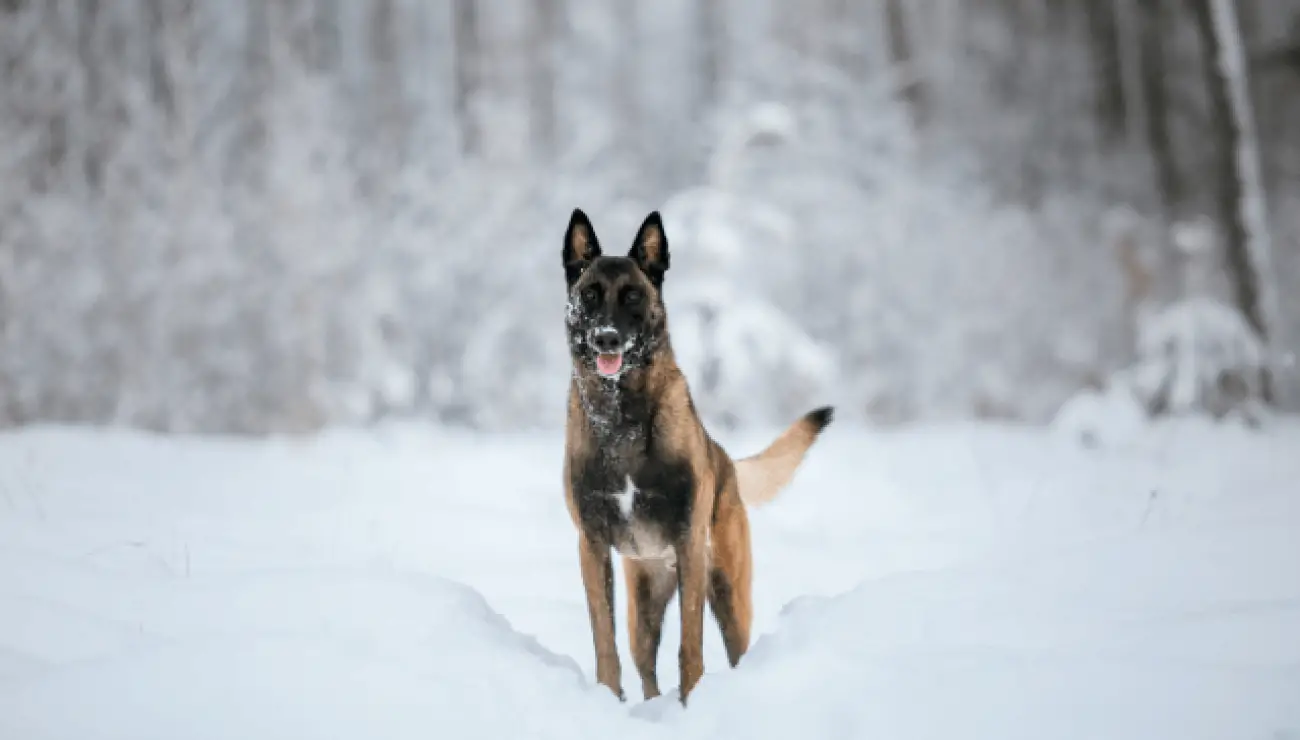
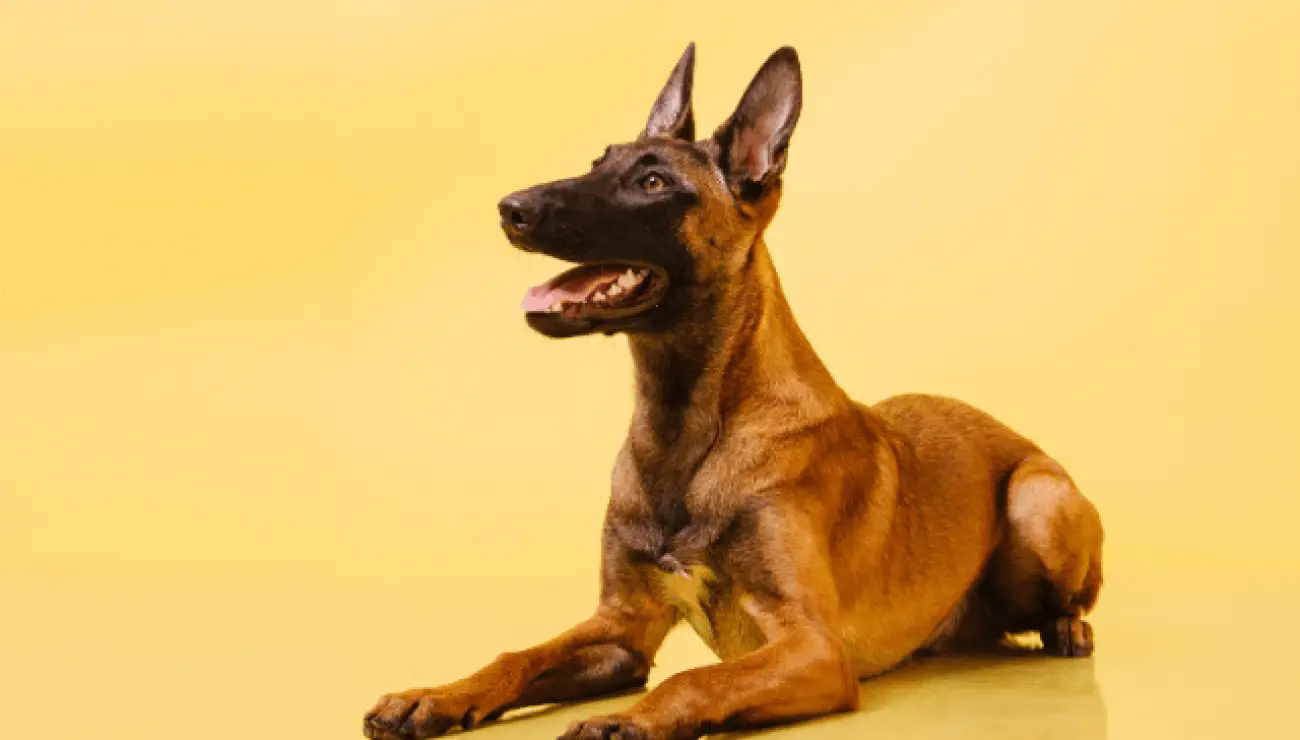
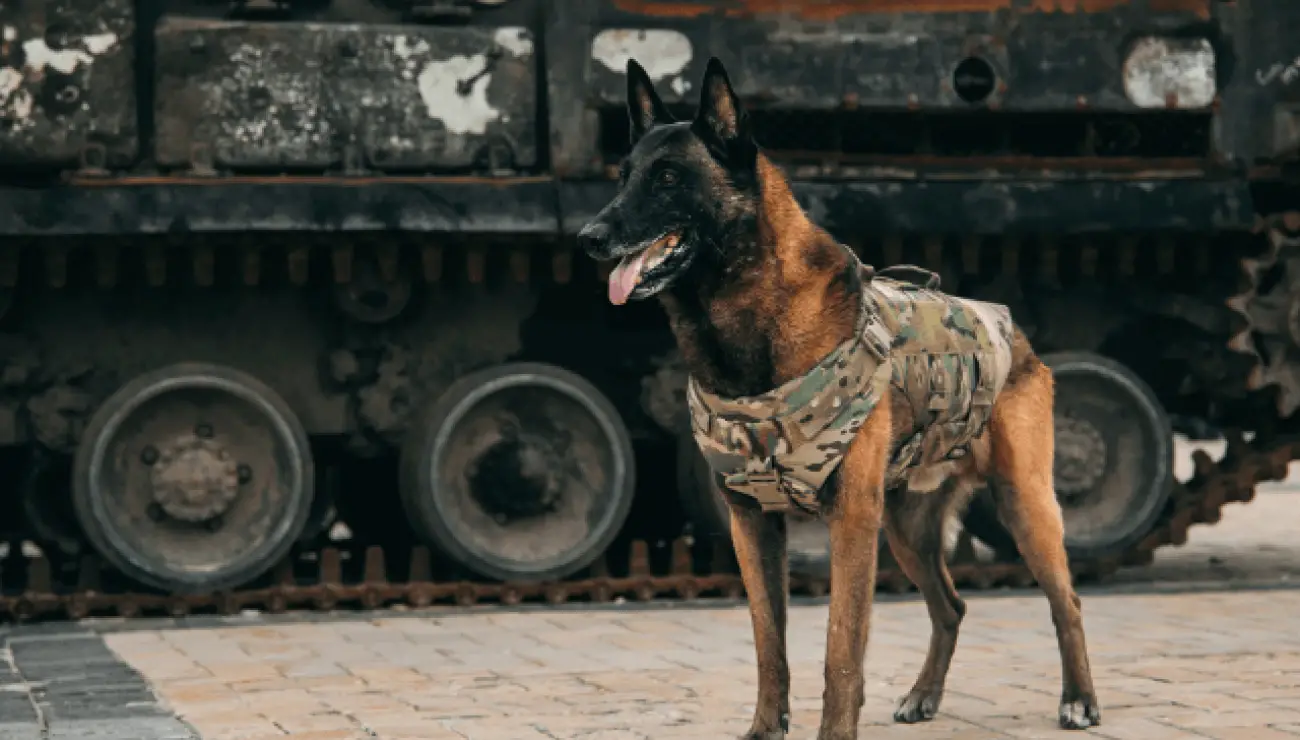
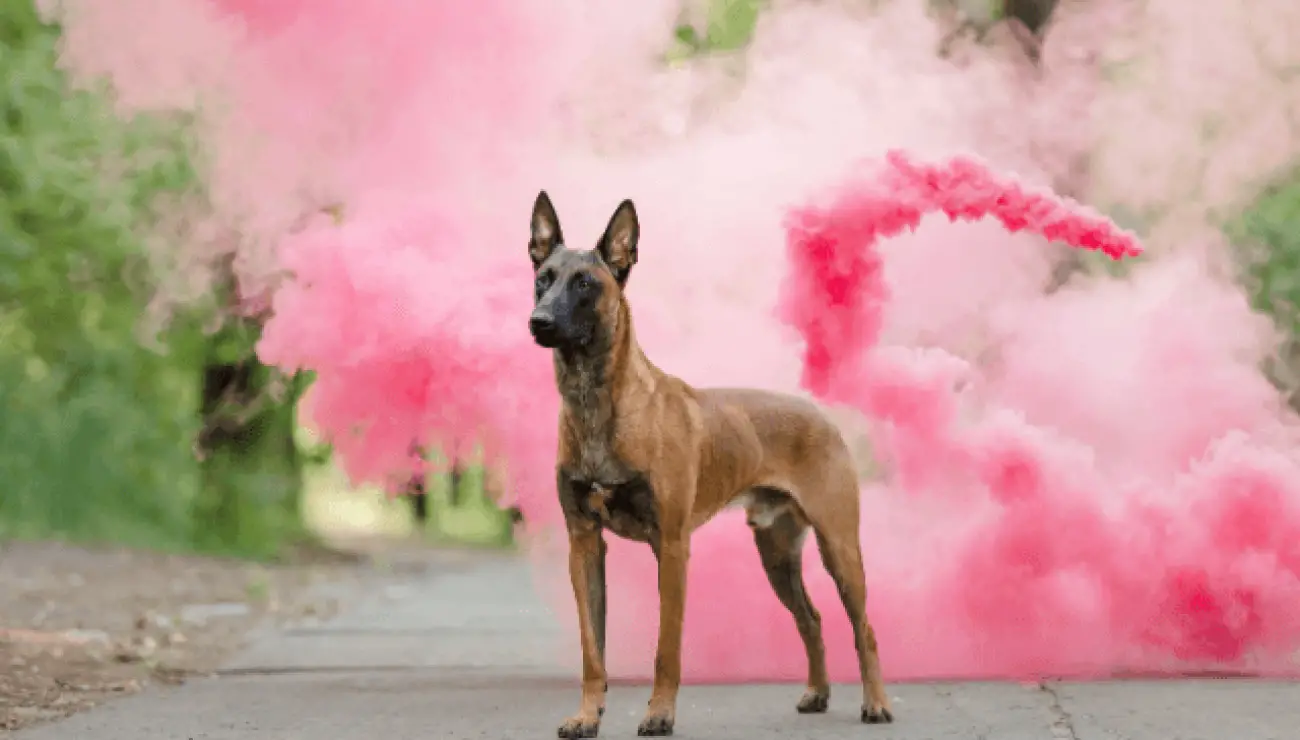
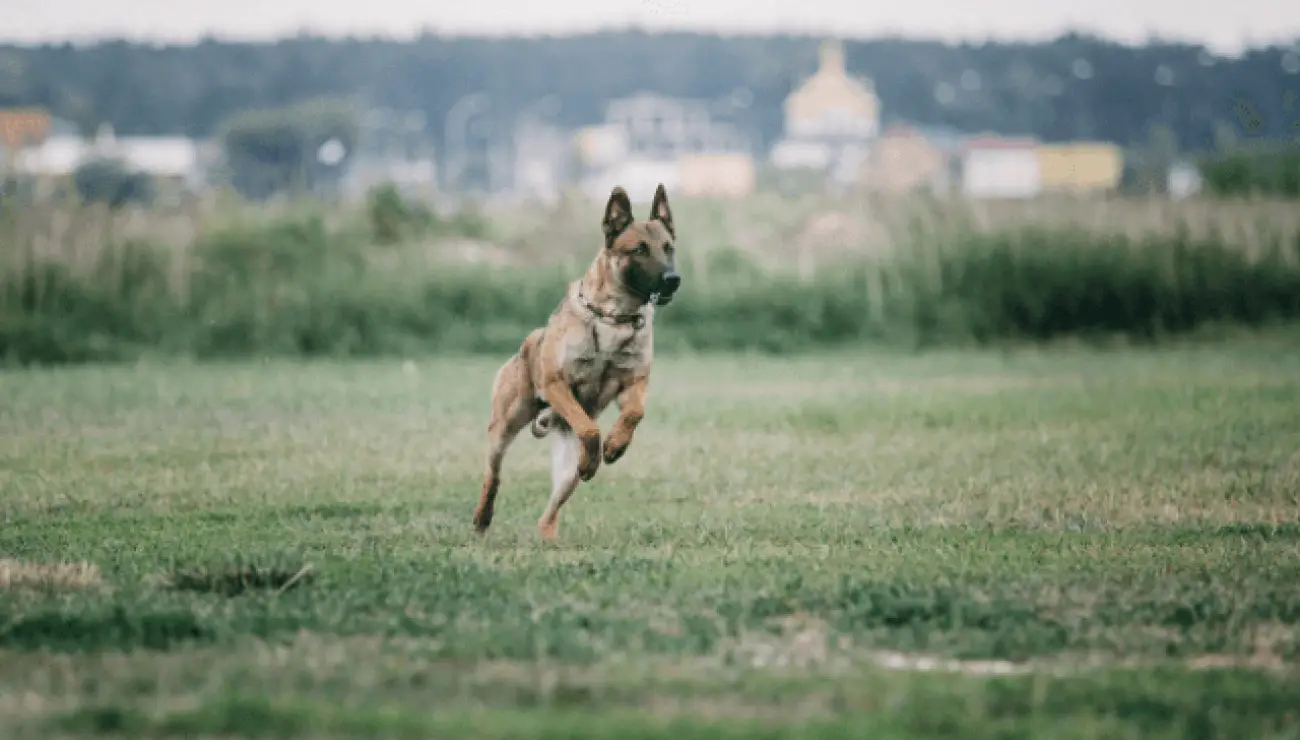
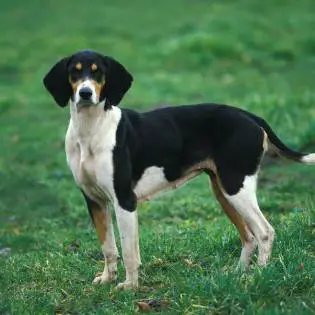
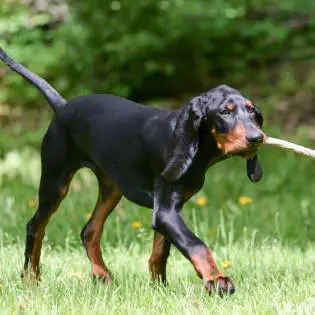
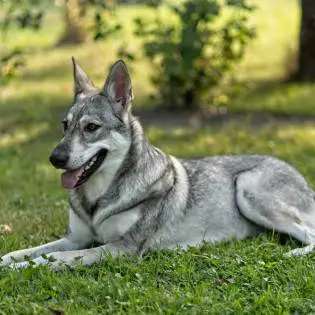
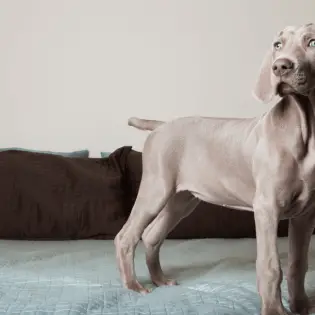
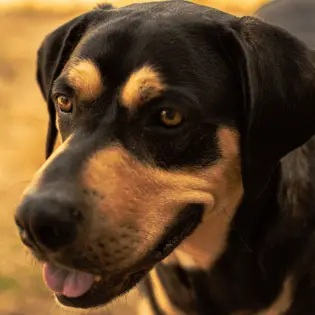
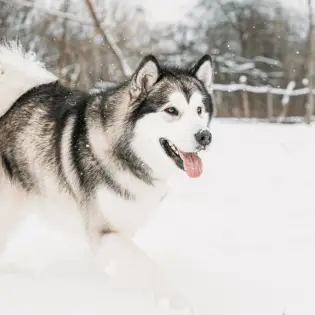
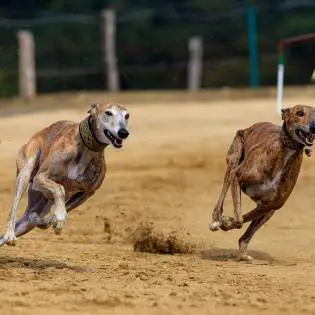
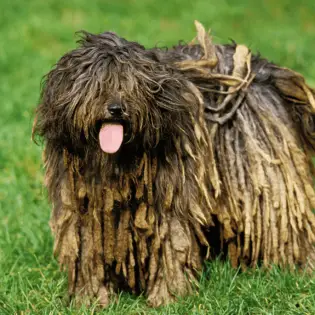

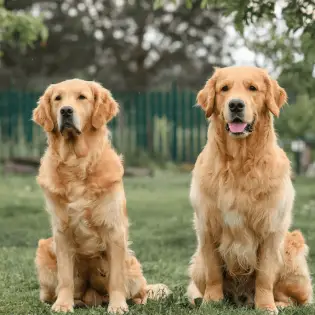

Share